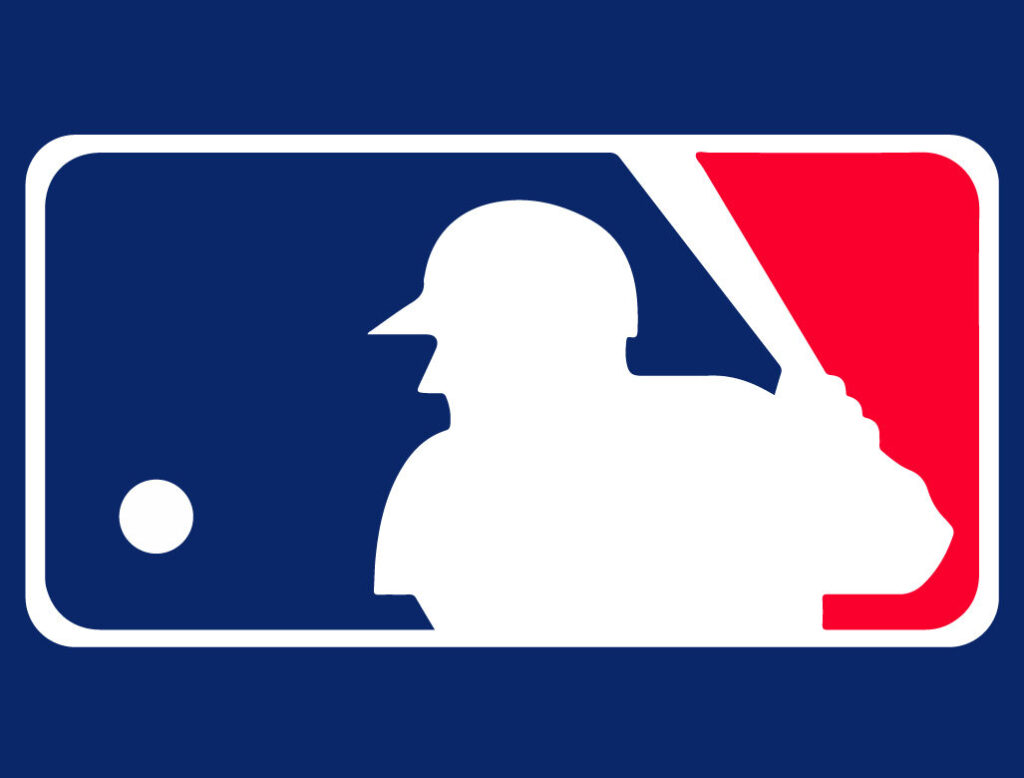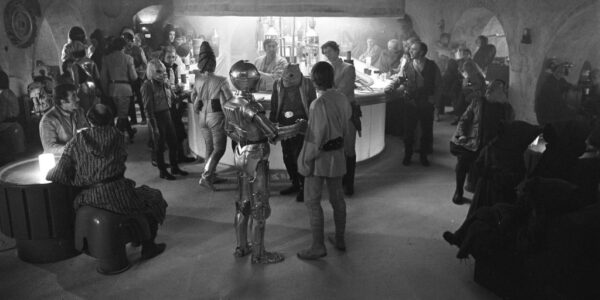The current state of MLB: “These are the Droids You’re Looking For”

Credit: MLB Logo

Imagine this year’s now-virtual Winter Meetings as the infamous Mos Eisley Cantina in Star Wars.
As in prior off-seasons, this December, thirty teams’ executives, staff, and media will come together, as if from foreign galaxies of philosophical standing. They will link up via space signals, all battling to achieve victory in a 2020 cantina like no one could have expected. The Rays, a team with a historically small budget and a penchant for overachieving, occupy one corner of this Zoom cantina with their philosophy. Their low-budget has not prevented them from besting teams with far greater resources, and their philosophy took them to Game 6 of the 2020 World Series. Yet, it also causes head-scratching moves like not picking up options for their big game ace, Charlie Morton, and their starting catcher, Mike Zunino.
Meanwhile, across Major League Baseball’s virtual galaxy, the Nationals enter the 2021 fray with their top two starting pitchers, Max Scherzer and Stephen Strasburg, having approximated the Rays entire 2020 salary. The Nats, the 2019 World Series winners, hold a philosophy somewhere in the middle of spending and developing. The Yankees may inhabit a different part of the metaphorical cantina yet, notoriously spending at the top of organizations’ continuum for decades. Their regular playoff appearances promote their own philosophy that is star-centered and star-driven. A galactically different point of attack from these three organizations exists, and all have had some level of success.
All 30 teams are captained by “the smartest humans in the room.” Each ownership group and their minions search and brood, fight, and claw for an advantage, with the one common all-universe entity being the almighty dollar: This December, the war’s ferocity increases.
To say money plays an important role in determining an organizational plan insults with simplicity, but note this: of the top 10 organizations in total spending in 2020, six made the expanded playoffs (Yankees, Dodgers, Astros, Cubs, Cardinals, and Padres); of the middle 10 spenders, five made it (Braves, Reds, White Sox, Blue Jays, and Twins); and of the bottom 10, five made it (Brewers, Indians, A’s, Rays, and Marlins). All three tiers of spending incurred almost the same chance of advancement.
However, note this: the top 15 in spending only made seven playoff appearances while the bottom 15 in spending made nine this year. This piece of information highlights an unexpected fact: the teams spending less have found a reason to do so. They do so purposely now, adapting to understanding today’s game and today’s player, instead of it being entirely out of some sort of small market crutch. Unless one’s been in another galaxy for the past decade or better, baseball’s one real, unwritten rule emerges: spending money doesn’t guarantee success.
The financials of the Los Angeles Dodgers, the 2020 World Series champions, have progressed significantly over the years. Remember their trade with the Red Sox, acquiring Adrian Gonzalez, Josh Beckett, and Carl Crawford? They netted a total of 18.2 WAR from those players over the rest of their contracts at the tune of a cool $256.8 million. That was a mere eight years ago, and at the time, there was the belief that it could have worked. But, no team would take that risk now. The game changed, as they say.
The Dodgers have actually been criticized for not making big moves in recent seasons. Would the Yankees, today, trade for Giancarlo Stanton? Would the Blue Jays ink Vernon Wells for seven/$126 million? Would the Angels even add Albert Pujols for 10/$240 million now? Teams either have had to advance their understanding of value, or they don’t win the World Series. It’s terribly challenging to take the crown in Major League Baseball. One simply can’t overextend like decades past.
How difficult is it to achieve a dynasty in Major League Baseball today?
Twenty years have passed since MLB saw a repeat World Series champion. Though at times the Cardinals, Giants, and Red Sox have retooled and achieved multiple crowns over that time, only the Cardinals have failed to inhabit the lowest rungs of their division on multiple occasions. Constant volatility exists here, and those who ignore the cutting edge seem destined to be left behind. The Dodgers, to their credit, have cut the fat. While amassing a League-best eight straight National League West division titles, they’ve eliminated the big-budget buy tactic, making them even scarier. Maybe a Darth Vader if you will. For $177.5 million in 2021, they employ appreciable value assets, and in 2022, they owe a mere $76.5 million in payroll. But, to further support the point, even if they celebrate those facts as a success, with those improvements and reforms, they only now have finally ended a 32-year drought in terms of World Series titles.
In other words, winning the Series remains incredibly difficult. And, this off-season, thanks to a phenomenon known as COVID-19, the nation awaits an event on November 3, its aftermath, and the uncertainty surrounding a pandemic to determine the financial paths to come. No different from the corner coffee shop or a Midwestern industrial park, Major League Baseball feels financial pressure.
Since the Dodgers victory over the Rays in Game 6, the Cleveland Indians dumped closer Brad Hand. They didn’t trade him. They didn’t eat his $1 million buyout. They released him. Finances industry-wide carry question marks. Will there be fans in 2021? Will there be a full 162-game season? Spring training is in jeopardy as Covid-19 levels skyrocket around the nation. Yes, this off-season may be the most difficult one in memory to navigate for a championship. So, what can be gleaned from 2020, a galaxy all its own? How can a team navigate the universe and hurtle through space toward the title?
PAGE 2 LINK BELOW
M. Robert Klemesrud, born and currently residing in the great state of Iowa, is an educator of 25 years. Having studied journalism at the University of Iowa, played baseball in the Missouri Valley, and followed the Padres religiously for over 30 years, he has found the perfect place to align some of his passions at East Village Times.